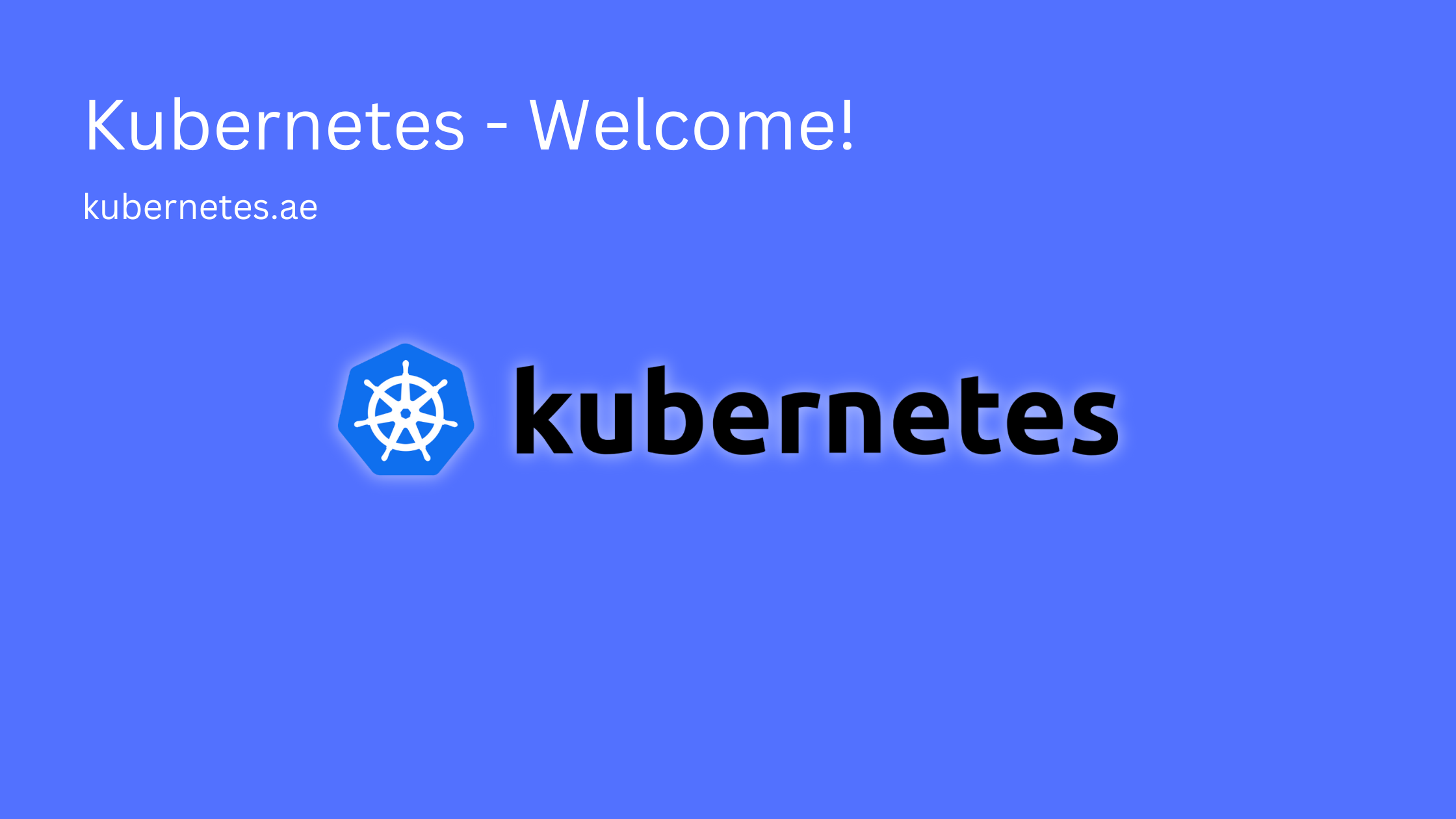👋 Welcome, it’s great to have you here.
Kubernetes is a portable, extensible open-source platform for managing containerized workloads and services, that facilitates both declarative configuration and automation. It has a large, rapidly growing ecosystem. Kubernetes services, support, and tools are widely available.
Google open-sourced the Kubernetes project in 2014. Kubernetes builds upon a decade and a half of experience that Google has with running production workloads at scale, combined with best-of-breed ideas and practices from the community.
Why do I need Kubernetes and what can it do?
Kubernetes has a number of features. It can be thought of as:
- a container platform
- a microservices platform
- a portable cloud platform and a lot more.
Kubernetes provides a container-centric management environment. It orchestrates computing, networking, and storage infrastructure on behalf of user workloads. This provides much of the simplicity of Platform as a Service (PaaS) with the flexibility of Infrastructure as a Service (IaaS), and enables portability across infrastructure providers.
How Kubernetes is a platform
Even though Kubernetes provides a lot of functionality, there are always new scenarios that would benefit from new features. Application-specific workflows can be streamlined to accelerate developer velocity. Ad hoc orchestration that is acceptable initially often requires robust automation at scale. This is why Kubernetes was also designed to serve as a platform for building an ecosystem of components and tools to make it easier to deploy, scale, and manage applications.
Labels empower users to organize their resources however they please. Annotations enable users to decorate resources with custom information to facilitate their workflows and provide an easy way for management tools to checkpoint state.
Additionally, the Kubernetes control plane is built upon the same APIs that are available to developers and users. Users can write their own controllers, such as schedulers, with their own APIs that can be targeted by a general-purpose command-line tool.
This design has enabled a number of other systems to build atop Kubernetes.
What Kubernetes is not
Kubernetes is not a traditional, all-inclusive PaaS (Platform as a Service) system. Since Kubernetes operates at the container level rather than at the hardware level, it provides some generally applicable features common to PaaS offerings, such as deployment, scaling, load balancing, logging, and monitoring. However, Kubernetes is not monolithic, and these default solutions are optional and pluggable. Kubernetes provides the building blocks for building developer platforms, but preserves user choice and flexibility where it is important.
Kubernetes
- Does not limit the types of applications supported. Kubernetes aims to support an extremely diverse variety of workloads, including stateless, stateful, and data-processing workloads. If an application can run in a container, it should run great on Kubernetes.
- Does not deploy source code and does not build your application. Continuous Integration, Delivery, and Deployment (CI/CD) workflows are determined by organization cultures and preferences as well as technical requirements.
- Does not provide application-level services, such as middleware (e.g., message buses), data-processing frameworks (for example, Spark), databases (e.g., mysql), caches, nor cluster storage systems (e.g., Ceph) as built-in services. Such components can run on Kubernetes, and/or can be accessed by applications running on Kubernetes through portable mechanisms, such as the Open Service Broker.
- Does not dictate logging, monitoring, or alerting solutions. It provides some integrations as proof of concept, and mechanisms to collect and export metrics.
- Does not provide nor mandate a configuration language/system (e.g., jsonnet). It provides a declarative API that may be targeted by arbitrary forms of declarative specifications.
- Does not provide nor adopt any comprehensive machine configuration, maintenance, management, or self-healing systems.
Additionally, Kubernetes is not a mere orchestration system. In fact, it eliminates the need for orchestration. The technical definition of orchestration is execution of a defined workflow: first do A, then B, then C. In contrast, Kubernetes is comprised of a set of independent, composable control processes that continuously drive the current state towards the provided desired state. It shouldn’t matter how you get from A to C. Centralized control is also not required. This results in a system that is easier to use and more powerful, robust, resilient, and extensible.
Source: https://kubernetes.io/docs/concepts/overview/what-is-kubernetes/




Use the share button below if you liked it.
It makes me smile, when I see it.